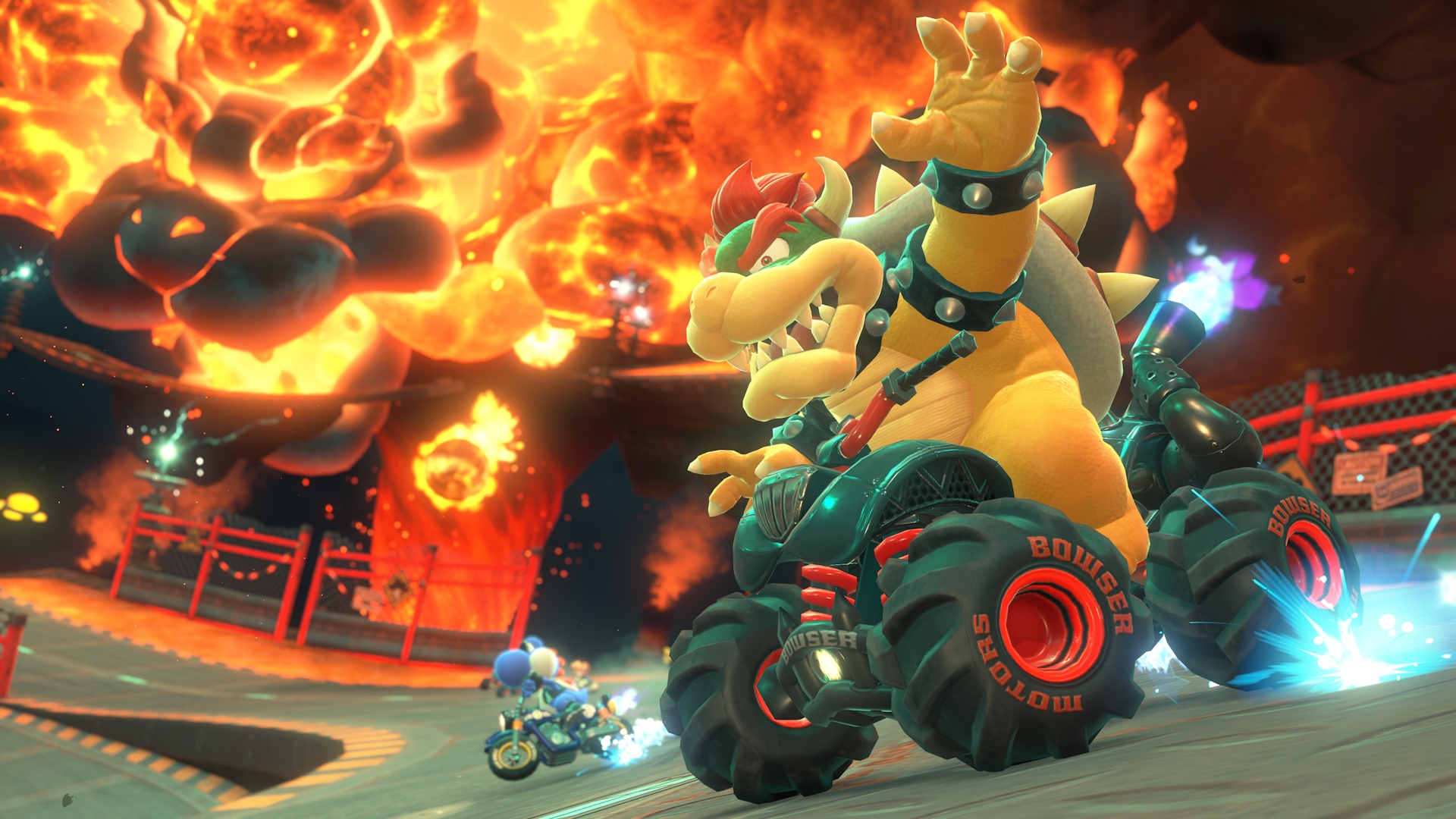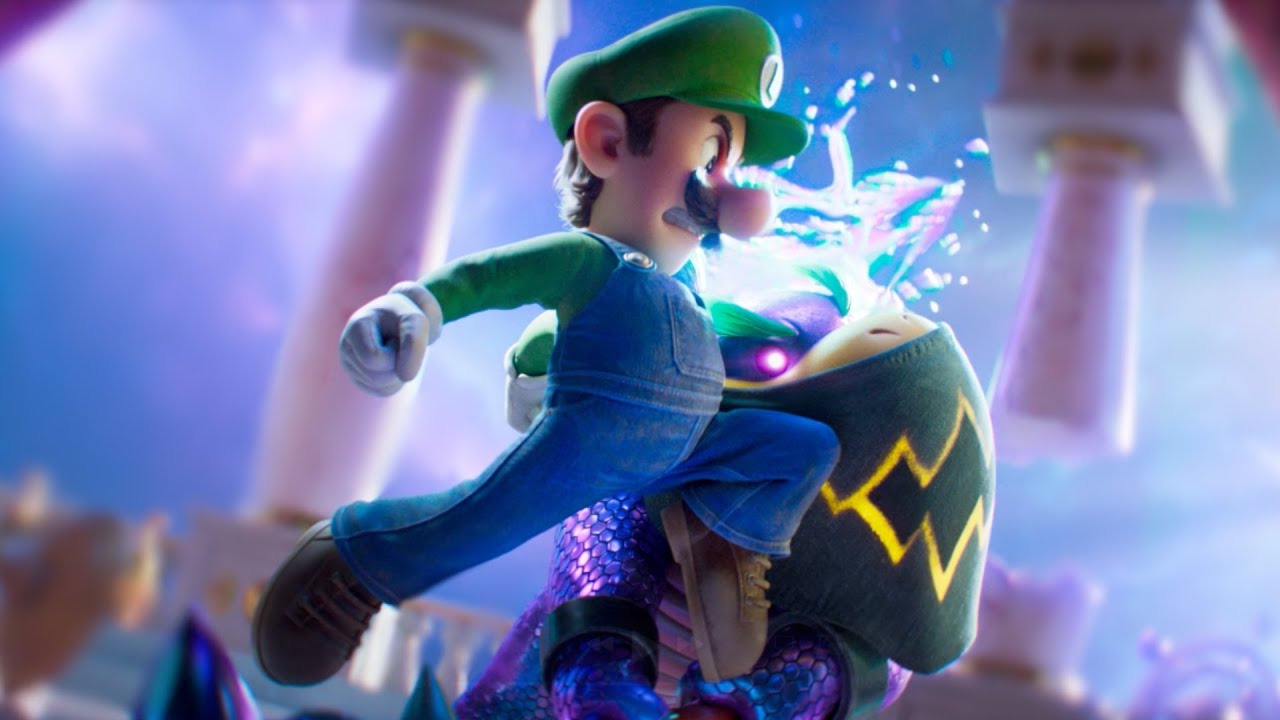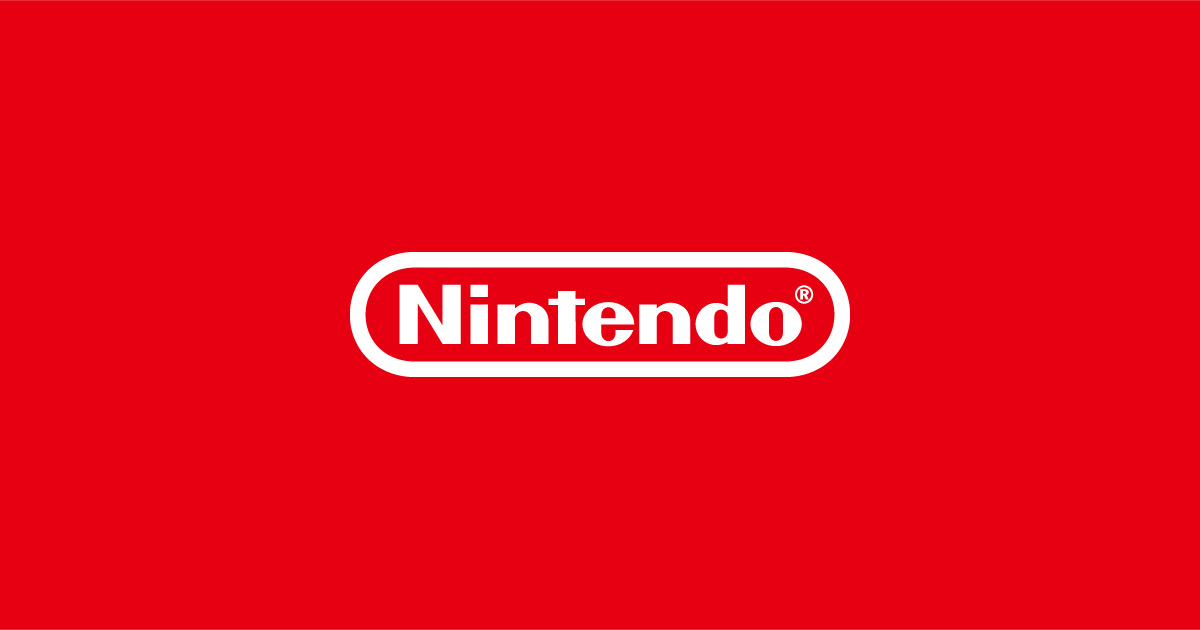Since its original release in 2007 on the Nintendo Wii, Super Mario Galaxy has stood as a landmark title in the Mario franchise, celebrated for its innovative gravity-defying levels and precise motion controls.
Developed by Nintendo EAD Tokyo, the game received a second wind with its re-release on Nintendo Switch as part of the Super Mario 3D All-Stars collection in September 2020.
This not only brought the classic platformer to a new generation of players but also introduced fresh nuances to the gameplay thanks to changes in hardware and control schemes. A recent discovery, shared by the Twitter account @MarioBrothBlog and highlighted by Nintendo Life, reveals an intriguing quirk in Super Mario Galaxy’s implementation of spin jumps.
According to this finding, the height of Mario and Luigi’s spin jumps differs depending on which controller or Joy-Con is used—and, interestingly, which character you’re playing as. For Mario, shaking the Wii Remote or the right Joy-Con triggers a higher spin jump compared to their counterpart controllers.
Luigi, on the other hand, achieves greater height if the player shakes the Nunchuck or the left Joy-Con.
Although the difference in jump height is marginal, it is notably present and may provide a slight advantage for players seeking to maximize their movements in difficult sections of the game. When it comes to the Nintendo Switch version within Super Mario 3D All-Stars, many players opt to use conventional button inputs.
To clarify how this interacts with the spin jump mechanic, @MarioBrothBlog explained that pressing the X or Y button on the Switch controller mimics the effect of shaking the right Joy-Con.
As a result, Mario’s spin jump receives the same boost, consistent with his dominant hand’s control input, while Luigi remains optimized for the left Joy-Con or Nunchuck motion. This subtle differentiation may be a reference to the characters’ canonical dominant hands—a detail that has sometimes varied across Mario titles—or simply a byproduct of unique control mappings.
Either way, it adds a layer of depth for seasoned players and speedrunners who aim to optimize every aspect of their gameplay. Super Mario Galaxy’s enduring legacy is a testament to Nintendo’s attention to detail and innovation in both game design and hardware integration.
With sales figures for Super Mario 3D All-Stars surpassing 9 million units worldwide before its delisting from the eShop, it is clear that interest in Galaxy remains high among Nintendo Switch users.
This revelation about controller-specific jump heights is just another example of the subtle complexities that continue to capture the community’s imagination. For more on Super Mario Galaxy, its development history, and ongoing updates related to Mario titles on the Nintendo Switch, stay tuned to Nintendo Life and trusted sources in the gaming industry.
Developed by Nintendo EAD Tokyo, the game received a second wind with its re-release on Nintendo Switch as part of the Super Mario 3D All-Stars collection in September 2020.
This not only brought the classic platformer to a new generation of players but also introduced fresh nuances to the gameplay thanks to changes in hardware and control schemes. A recent discovery, shared by the Twitter account @MarioBrothBlog and highlighted by Nintendo Life, reveals an intriguing quirk in Super Mario Galaxy’s implementation of spin jumps.
According to this finding, the height of Mario and Luigi’s spin jumps differs depending on which controller or Joy-Con is used—and, interestingly, which character you’re playing as. For Mario, shaking the Wii Remote or the right Joy-Con triggers a higher spin jump compared to their counterpart controllers.
Luigi, on the other hand, achieves greater height if the player shakes the Nunchuck or the left Joy-Con.
Although the difference in jump height is marginal, it is notably present and may provide a slight advantage for players seeking to maximize their movements in difficult sections of the game. When it comes to the Nintendo Switch version within Super Mario 3D All-Stars, many players opt to use conventional button inputs.
To clarify how this interacts with the spin jump mechanic, @MarioBrothBlog explained that pressing the X or Y button on the Switch controller mimics the effect of shaking the right Joy-Con.
As a result, Mario’s spin jump receives the same boost, consistent with his dominant hand’s control input, while Luigi remains optimized for the left Joy-Con or Nunchuck motion. This subtle differentiation may be a reference to the characters’ canonical dominant hands—a detail that has sometimes varied across Mario titles—or simply a byproduct of unique control mappings.
Either way, it adds a layer of depth for seasoned players and speedrunners who aim to optimize every aspect of their gameplay. Super Mario Galaxy’s enduring legacy is a testament to Nintendo’s attention to detail and innovation in both game design and hardware integration.
With sales figures for Super Mario 3D All-Stars surpassing 9 million units worldwide before its delisting from the eShop, it is clear that interest in Galaxy remains high among Nintendo Switch users.
This revelation about controller-specific jump heights is just another example of the subtle complexities that continue to capture the community’s imagination. For more on Super Mario Galaxy, its development history, and ongoing updates related to Mario titles on the Nintendo Switch, stay tuned to Nintendo Life and trusted sources in the gaming industry.






